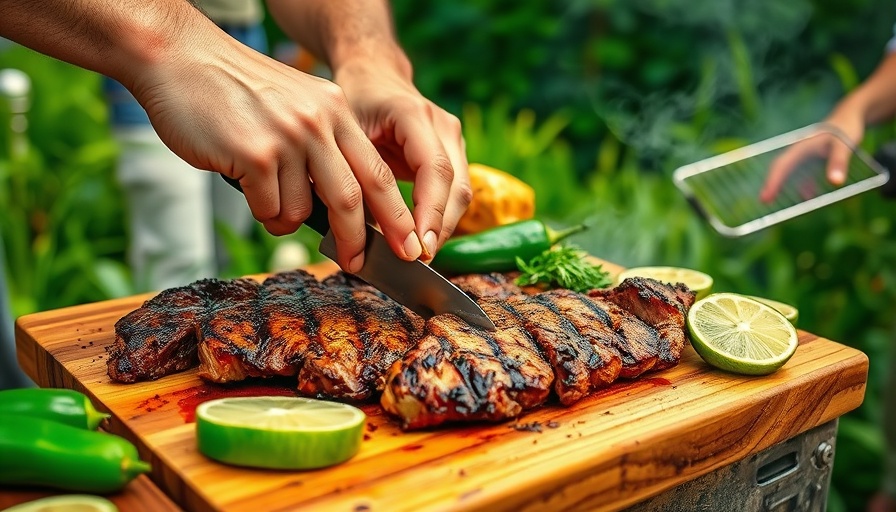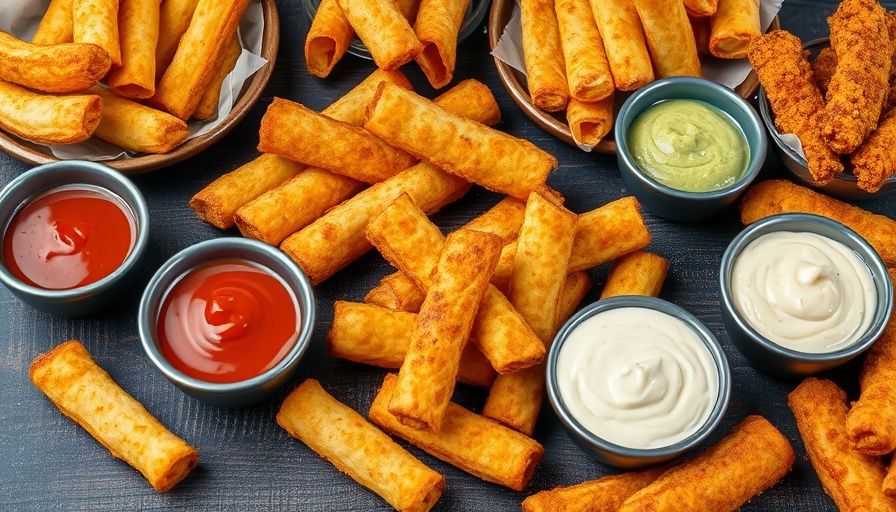
Don't Let Food Poisoning Spoil Your Summer BBQ: Essential Safety Tips
As summer rolls around, the smell of charred burgers and sizzling hot dogs starts wafting through the air. Nothing beats gathering with family and friends for a backyard BBQ. But, amidst the laughter and good food, there's a hidden risk—food poisoning. To ensure your summer cookouts remain joyous occasions, let's dive into some essential BBQ safety rules that can keep the fun unhindered.
Understanding the Hand Washing Dilemma
Did you know that more than half of home cooks skip a crucial step before starting meal prep? According to a USDA study, over 50% don't even wash their hands before cooking! And of those who do wash, a staggering 97% fail to follow proper handwashing techniques. The correlation between inadequate handwashing and foodborne illnesses is stark, particularly when it comes to handling raw meat.
For a safer BBQ, make handwashing a priority. Remember to lather up with soap for at least 20 seconds and dry your hands with a clean towel. This simple step can reduce the risk of foodborne illness significantly.
The Importance of a Clean Grill
A clean grill translates to safer food. Expert pitmaster Christie Vanover emphasizes the two-part cleaning method: scrub the grates after cooking and before firing up for the next batch. This technique uses heat to your advantage, first destroying lingering food particles, then sizzling away any potential bacteria before your next grilling session.
Preventing Cross-Contamination: Essential Practices
Cross-contamination can thwart all your food safety efforts if you aren't careful. After handling raw meats, it's vital to clean not only your hands but also any utensils or surfaces they touch. The USDA recommends using warm soapy water and a safe sanitizer. When in doubt, use separate pots and utensils for raw and cooked proteins. This method means you can prioritize safety, ensuring delicious grilled meals without risk of contamination.
Safe Cooking Temperatures: Use a Food Thermometer!
Did you know that only 55% of home cooks use a food thermometer when grilling? The reality is that relying on visual indicators can lead to unsafe cooked food. Properly cooked meat should be at specific internal temperatures: 145°F for beef and seafood, 160°F for ground meats, and 165°F for poultry. So, invest in an inexpensive food thermometer—it’s a small price to pay for peace of mind and safe, delicious food.
Stay Out of the Danger Zone!
After cooking, your food is still susceptible to bacterial growth. The 'Danger Zone' ranges between 40°F and 140°F, where bacteria thrive. Hot foods should remain hot (above 140°F), while cold items need to stay below 40°F. For hot dishes, consider using flame-less food warmers, while cold salads can be kept on ice as you enjoy the company.
Making BBQ Safe and Fun!
Barbecues are meant to be fun, flavorful experiences. With the tips discussed, you can focus on what matters: enjoying the company, delicious food, and summer memories, without the fear of foodborne illness. Create a checklist for your BBQ preparations, emphasizing hand hygiene, grill cleanliness, temperature monitoring, and food storage precautions. By prioritizing safety, you can become the ultimate BBQ host without compromising on fun.
Remember, knowledge is your best defense against food poisoning. So, let's keep those memories vivid—not hospital visits!
Get ready to share these tips with your BBQ-loving friends and family. The summer is Here! Make it safe!
 Add Row
Add Row  Add
Add 



Write A Comment